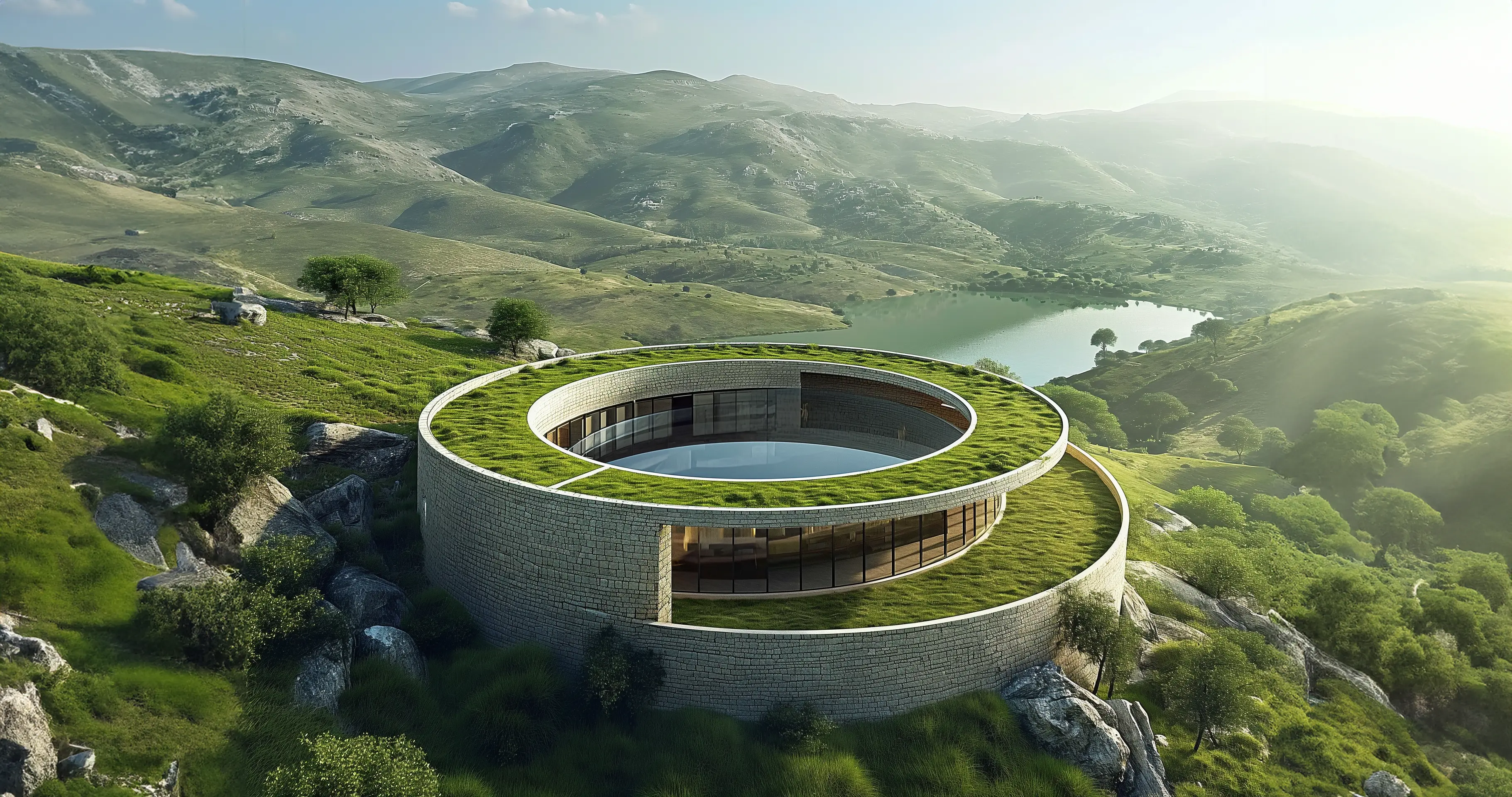John Kappa
The Power of Biophilic Design: Blurring the lines between indoors and outdoors, biophilic design incorporates natural elements like light, greenery, and natural materials to create healthier, more calming living spaces.
Energy-Efficient Construction: Passivhaus standards, solar panels, and geothermal heating/cooling systems prioritise energy efficiency, minimising carbon footprint and reducing reliance on fossil fuels. Imagine a home that generates its own clean energy.
Sustainable Materials: Choose recycled materials, locally sourced wood, and natural fabrics to minimise environmental impact throughout the building process. Bamboo, cork, and clay offer sustainable alternatives to traditional materials.
Waste Reduction and Management: Composting systems, rainwater harvesting, and grey water recycling minimise waste and maximise resource utilisation. Imagine transforming household waste into valuable resources for your home.
Embracing Minimalism: Reduce clutter and prioritise experiences over possessions. Minimalism not only minimises environmental impact but also promotes a sense of calm and clarity within your home.
Smart Transportation Choices: Consider walkable neighbourhoods, public transportation accessibility, and electric vehicle charging infrastructure when choosing a home or planning your community. Prioritise alternatives to car dependence for a greener future.
Community and Collaboration: Sustainable living thrives on collaboration. Join initiatives, support local green businesses, and share knowledge within your community to create a positive collective impact.







